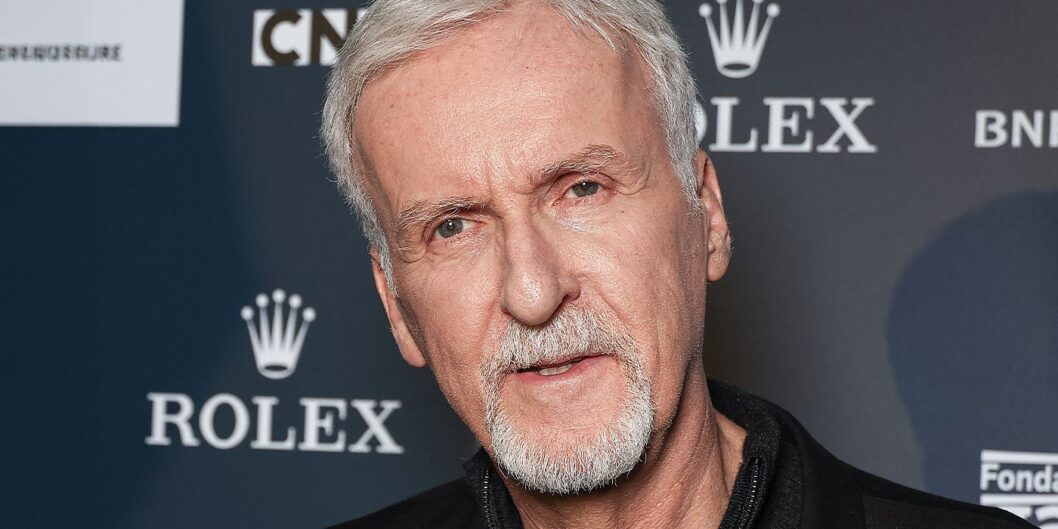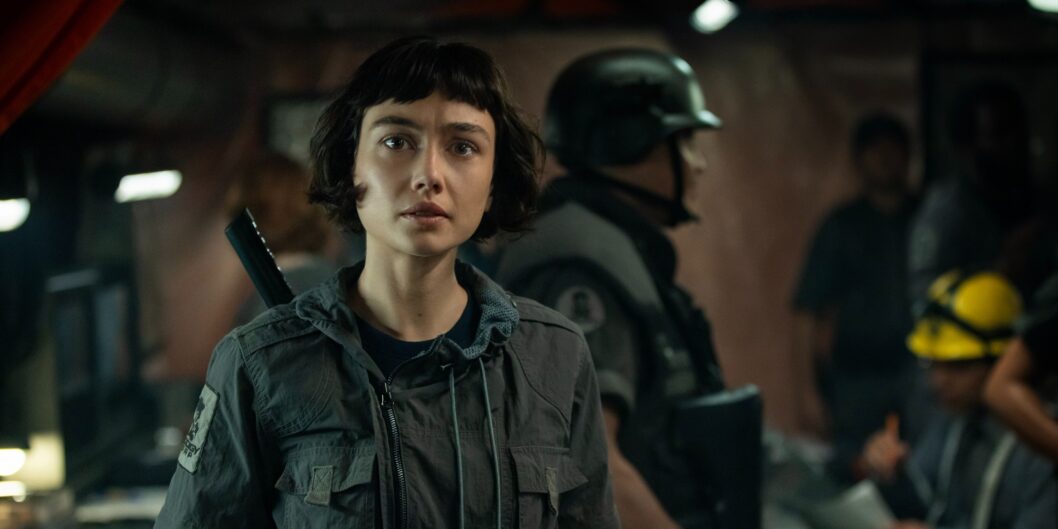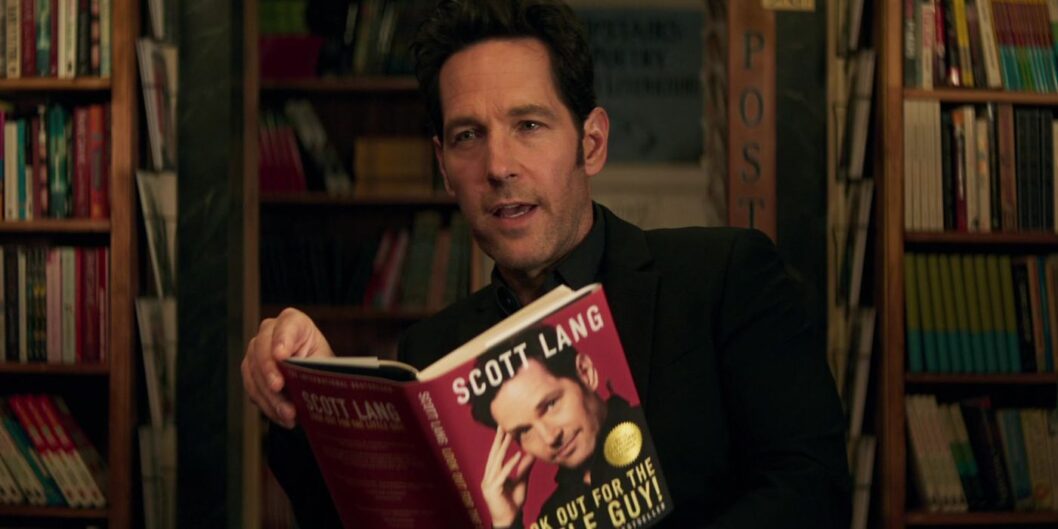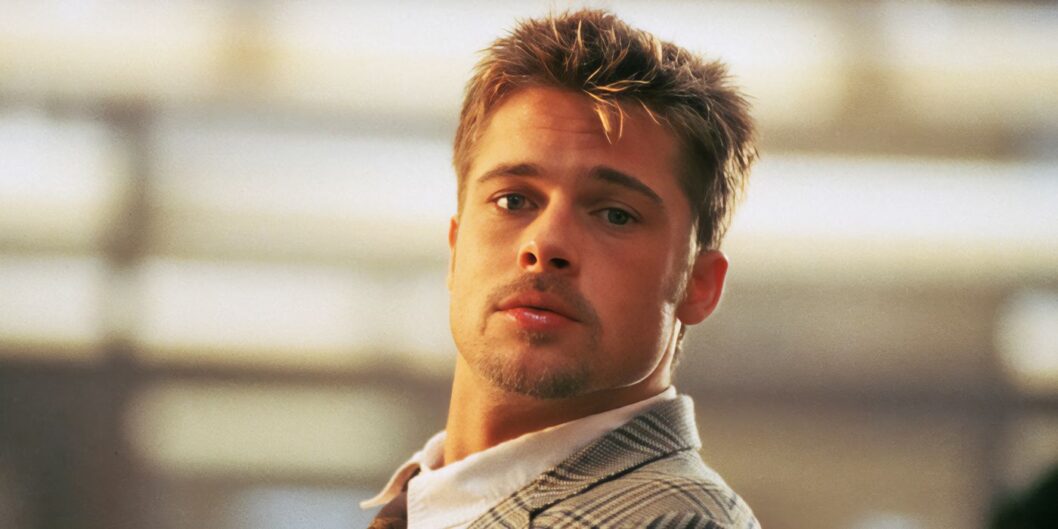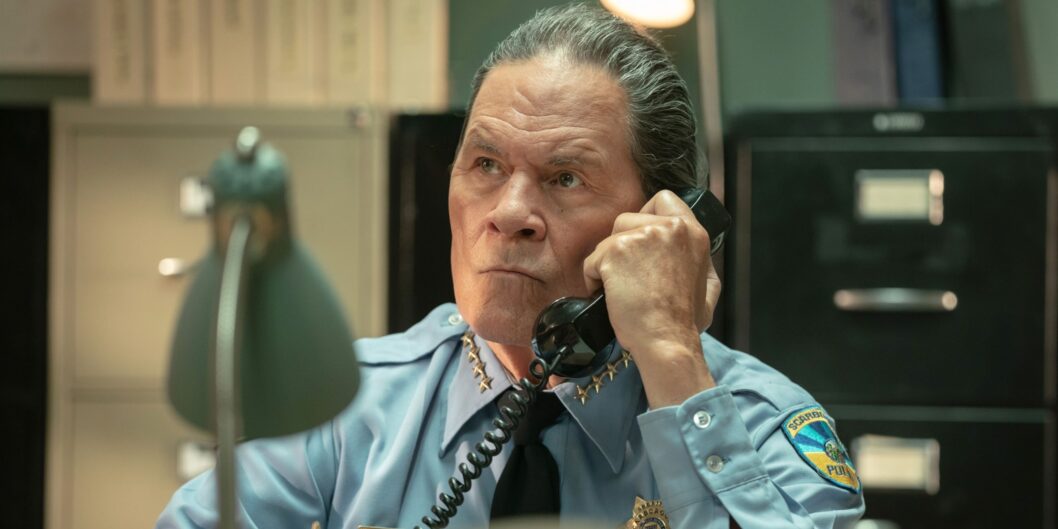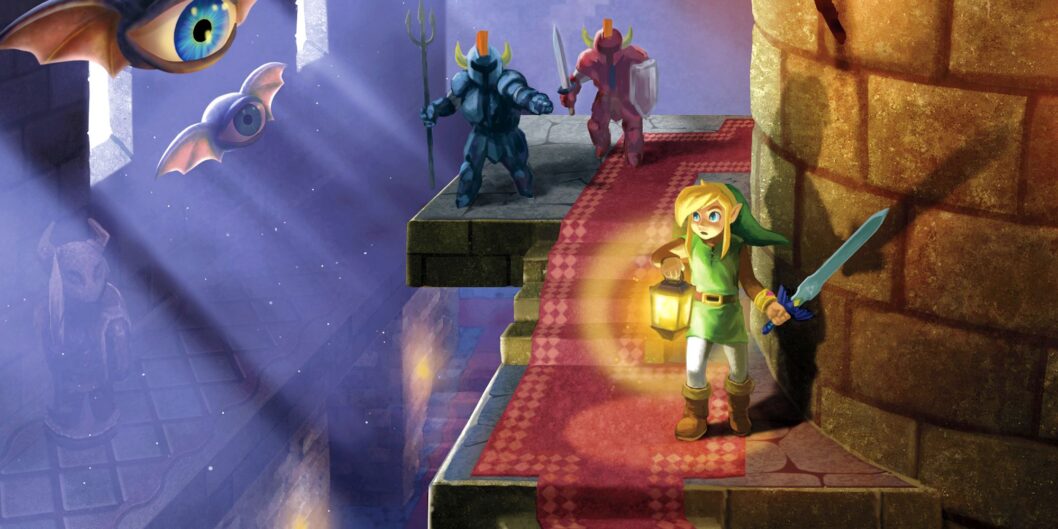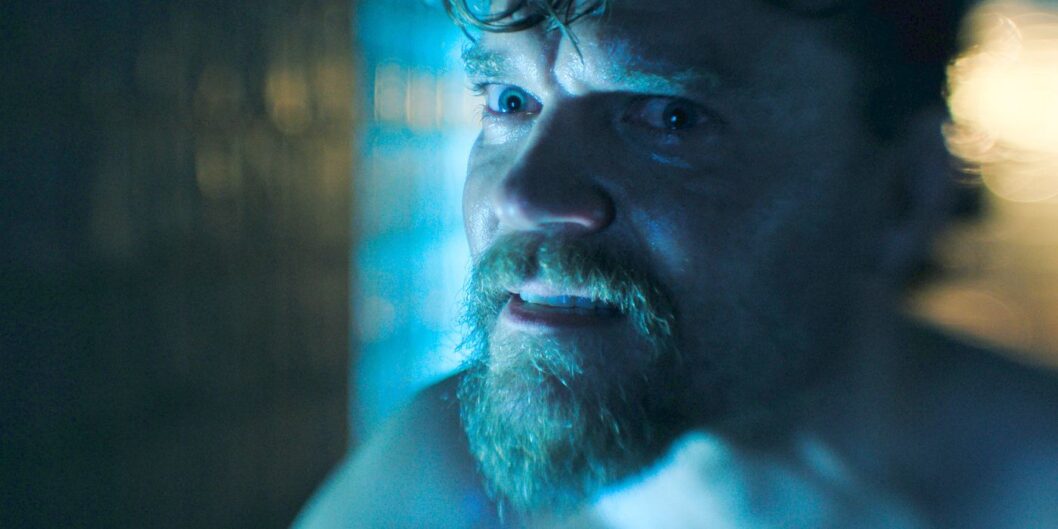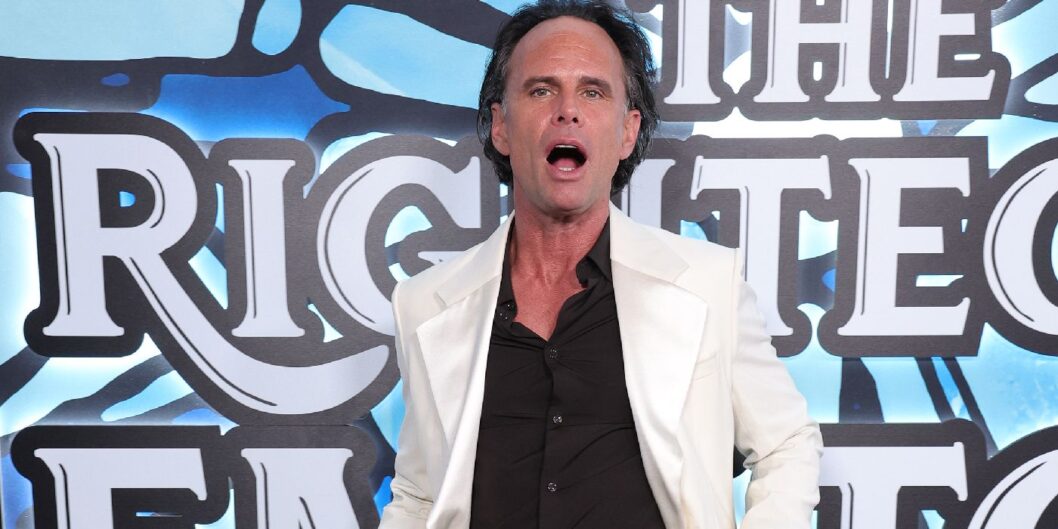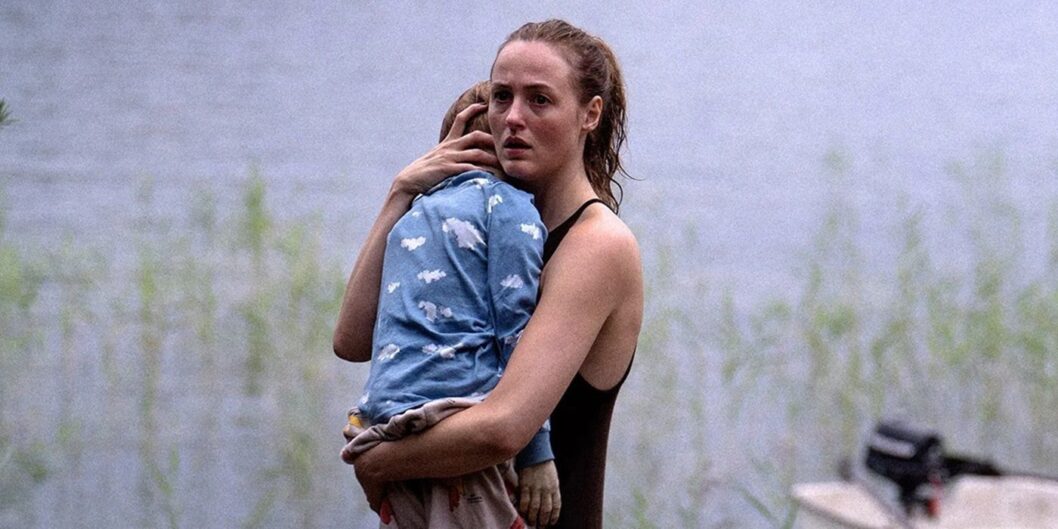The Return of the Alien Franchise: A Look Back at a Lost Collaboration
After more than 45 years since the release of Ridley Scott’s iconic sci-fi horror film, Alien, the franchise is experiencing a significant revival. With the summer 2024 release of Alien: Romulus, which delighted audiences and achieved impressive box office success, and the recent premiere of Alien: Earth on FX, the series has managed to reclaim its prominence in popular culture. This resurgence is especially notable given that, just a few years prior, the franchise seemed to be in decline, particularly after the lukewarm reception of Alien 3.
Resurgence and Collaboration
The return of the Alien franchise can be attributed to the fresh perspectives brought forth by new entries like Alien: Romulus and Alien: Earth. These projects have reinvigorated interest in the series and showcased the franchise’s potential for storytelling. The recent successes starkly contrast the earlier years’ struggles, particularly after the controversial Alien: Resurrection.
Reflecting on the franchise’s trajectory, it’s fascinating to note that Ridley Scott and Aliens director James Cameron nearly teamed up for a fifth installment that could have redirected the series sooner. In a 2012 interview, Scott disclosed their plans to collaborate on a new film intended to return to the series’ roots. While specific story details remain scarce, it is believed that the project would have featured the return of Sigourney Weaver as Ellen Ripley, aiming to resolve the narrative issues that plagued later films.
The Unique Voices of Scott and Cameron
Ridley Scott and James Cameron are titans in the film industry; their unique directorial styles have left an indelible mark on cinema. Scott’s vision created a haunting, atmospheric horror in the original Alien, while Cameron’s Aliens leaned more toward action with deeper world-building, introducing elements such as the Xenomorph queen. The Alien franchise thus evolved from horror to a blend of genres, showcasing both directors’ strengths.
Had Scott and Cameron collaborated on the fifth film, the result could have been a balanced blend of horror and action, potentially circumventing the pitfalls that later films encountered. Cameron has been outspoken about his disdain for Alien 3, criticizing its treatment of fan-favorite characters and the lack of cohesion with the series’ established lore.
Missed Opportunities
The much-anticipated collaboration between Scott and Cameron ultimately fell through when 20th Century Fox opted to take the franchise in a different direction. Instead of proceeding with their vision, the studio shifted focus to Alien vs. Predator, a crossover that has been met with mixed reactions from both Scott and Cameron. Scott called the idea "daft," while Cameron likened it to a gimmicky mash-up reminiscent of lesser films.
This pivot not only highlighted a divergence from Scott and Cameron’s artistic vision but also raised questions about the long-term health of the franchise. Ironically, as Alien: Romulus and Alien: Earth currently work to revitalize the series, it’s clear that the energy and creative foresight of Scott and Cameron could have paved a different path.
Conclusion: A Legacy Continues
While we may never experience the film that Scott and Cameron envisioned together, their contributions remain significant and deeply felt within the Alien series. As audiences now tune into Alien: Earth available on Hulu, the legacy of both the original films and potential collaborations lingers in the air. The Alien and Aliens films have cemented their places among cinematic landmarks, continuing to engage and frighten viewers over four decades later.
This dynamic revival of the Alien franchise opens avenues for new storytelling while reminding fans of the rich tapestry laid by its iconic creators. As we look forward, it’s indeed a pleasure to witness the Alien universe reclaim its former glory, all while pondering the paths not taken.



